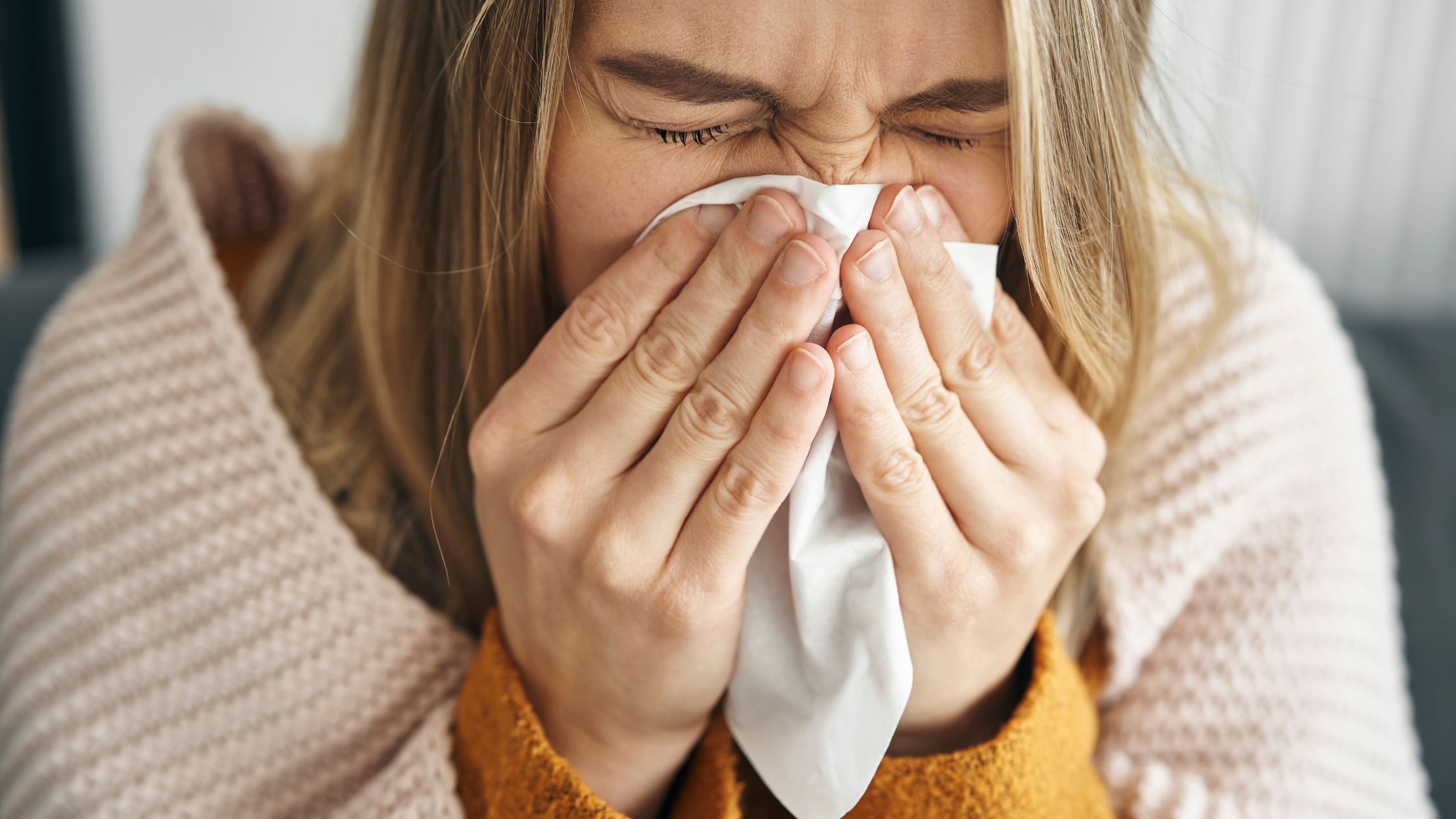It’s essential to understand what to expect this year and how it differs from previous seasons. Influenza remains unpredictable, but experts analyze global trends, vaccination updates, and circulating strains to make informed predictions. Here’s what you need to know about the 2024–2025 flu season and how to protect yourself.
How This Year’s Flu Season Differs from Previous Years
1. Dominant Flu Strains
Each year, the flu virus mutates, and different strains circulate. The 2024–2025 flu season is expected to be resurgent with H3N2 and Influenza B strains, which historically cause more severe symptoms in older adults and young children. Unlike last year, when H1N1 was more dominant, this shift could lead to a different risk profile for the population.
2. Stronger Immunity or Waning Protection?
With increasing flu vaccination rates and natural immunity from previous infections, some people may experience milder symptoms. However, waning immunity from past infections or vaccines could leave certain groups, particularly seniors and those with underlying health conditions, at higher risk of severe illness.
3. The Impact of COVID-19 and RSV
Last flu season, we saw a ” tripled emic—a convergence of flu, COVID-19, and RSV (Respiratory Syncytial Virus)—that overwhelmed hospitals. This year, experts closely monitor whether new COVID-19 variants or an RSV surge could compound flu-related complications.
4. Changes in Flu Vaccine Formulation
The 2024–2025 flu vaccine has been updated to match the anticipated strains better. If you were vaccinated last year, that protection is likely less effective against this year’s strains, making an updated flu shot crucial.
Flu Symptoms: What to Watch For
While flu symptoms remain generally the same, H3N2 strains tend to cause:
✔️ Higher fevers
✔️ More severe body aches
✔️ Longer recovery times
✔️ Increased risk of pneumonia in vulnerable groups
Typical flu symptoms also include:
- Sore throat
- Cough
- Runny nose
- Fatigue
- Chills and sweats
If symptoms appear severe, seek medical attention early. Antiviral treatments like Tamiflu or Xofluza work best when taken within 48 hours of symptom onset.
How to Protect Yourself This Flu Season
1. Get Vaccinated Early
The best time to get your flu shot is in September or October to ensure protection during peak flu season (December–February). If you’re over 65, ask about the high-dose or adjuvanted flu vaccine for better immunity.
2. Prioritize Immune Health
- Sleep well (7–9 hours per night)
- Eat nutrient-dense foods (Vitamin C, D, and Zinc are key)
- Stay hydrated to support immune function
3. Practice Good Hygiene
- Wash hands frequently
- Avoid touching your face
- Disinfect high-touch surfaces
4. Consider Wearing a Mask in Crowded Spaces
While masking isn’t as standard as during the COVID-19 pandemic, wearing one in high-risk settings (airports, public transport, hospitals) can reduce exposure to respiratory viruses.
5. Know Your Risk & Get Early Treatment
If you’re at higher risk (elderly, immunocompromised, pregnant, or have chronic conditions like asthma or diabetes), talk to your doctor about preventive antiviral medications in case of exposure.
Final Thoughts
This flu season is shaping up to be different from the last, with a shift in dominant strains and continued interactions with other respiratory illnesses. Staying informed, getting vaccinated, and practicing healthy habits can help you reduce your risk and recover faster if you do get sick.
